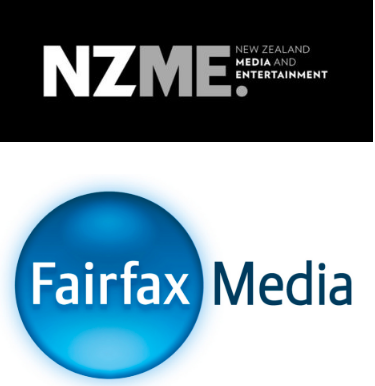NZ competition watchdog rejects Fairfax and NZME’s newspaper mega-merger
The New Zealand Commerce Commission has rejected the proposed merger between NZME and Fairfax’s New Zealand assets due to concerns around one owner controlling nearly 90% of NZ’s print media market.

The NZCC said it was not “satisfied that the merger will not have, or would not be likely to have, the effect of substantially lessening competition in a market”.
NZME’s assets include the New Zealand Herald and six regional daily papers, the NZME radio network and e-commerce and digital classified sites GrabOne, HeraldHomes and driven.co.nz.


So… another myopic non-decision from a totally myopic ‘commercial’ watchdog… inverted comma’s as ‘commercial’ they are not! The NZ Commerce Commission is basically made up of lawyers and accountants… there are literally no people on the Commission that have anywhere near the commercial nous to be able to ascertain the effects of true media competition. The latest media industry revenue data for 2016 shows total digital revenue at $891million, of which $108 million is directly attributable to NZ media channel digital assets. So 12% of total digital revenue is driven by digital brands within existing media channels – TV, Newspapers, Magazines, Radio and 88% derived from digital-only channels. Who dominate those spends? You got it… the global giants… those same global giants who dominate media spend in NZ and everywhere else in the world… and pay bugger-all tax. And the irony will be that Fairfax will pull out of the NZ market and NZME and others will pick up the individual bits worth keeping. At least the Australians had the sense to evaluate News and APN from a truly global competitive perspective.